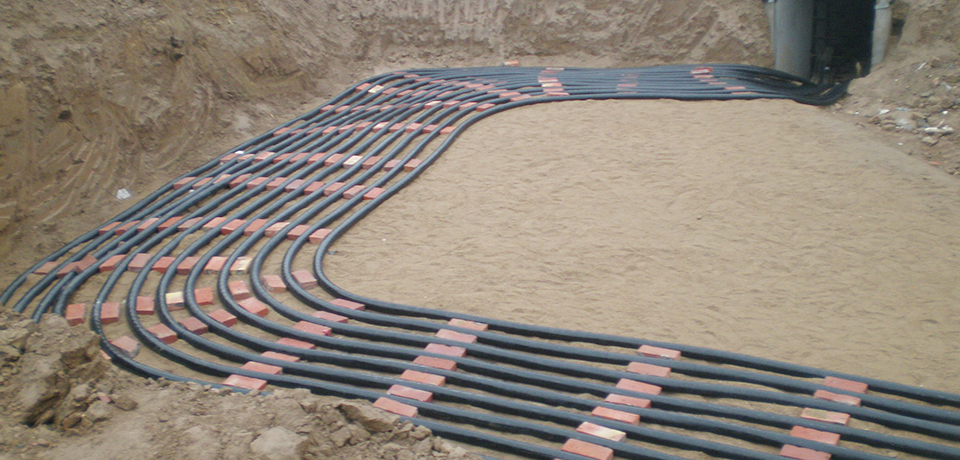
Power Cable route refers to the use of cable transmission power lines, which mainly made by the cable, the middle of the cable connector.
The end of the electric line and other components, including the corresponding civil facilities, such as cable ditch, pipe, shaft, tunnel and so on. Generally located in the ground, there are overhead or underwater laying.
Compared with overhead conductor lines.
The power cable lines have these main advantages as following :
① Not subject to natural weather conditions (such as thunder and lightning, wind and rain, smoke, contamination, etc.) interference.
② Not affected by the growth of trees along the line.
③ Is conducive to urban landscaping.
④ Does not occupy the ground corridor, the same underground passage can accommodate multiple routes.
⑤ Help prevent electric shock and safe use of electricity.
⑥ Small maintenance costs. But there are also the following disadvantages.
⑦ The same wire cross-sectional area, the transmission current is less than the overhead line.
⑧ Investment and construction costs increased exponentially and increased with voltage.
⑨ Fault repair time is longer.
At present, medium voltage power cable distribution lines should be used in the following cases wire line:
① According to the city planning, prosperous areas, important lots, major roads, high-rise buildings and the city has special environmental requirements.
② Overhead lines corridors difficult to solve.
③ Power supply reliability or important load users.
④ Key scenic tourist area.
⑤ Significant power supply areas in major cities in coastal areas prone to tropical storms.
⑥ The need of grid structure or operation safety.
⑦ Downtown area with high load density.
The operation and maintenance of Power Cable line plays an important role in load monitoring, corrosion monitoring of metal jacket and insulation of the cable work in three areas, keeping the cable equipment being in good condition and prevent cable accident burst.
Main items include: establishing technical information of cable lines, inspecting inspection of cable lines, preventive test of cables, preventing cable external damage, analyzing causes of cable faults, finding fault of cables, repairing of cable faults, etc.
General cable lines according to the cable conductor cross-sectional area, the type of insulation and other provisions of the maximum current value.
The use of a variety of instruments to measure the load line current or cable sheath temperature, as the main load monitoring measures to prevent cable insulation exceeds the maximum allowable temperature Shorten the cable life.
Measure the temperature of the cable, which should be done in summer or at the maximum wire load.
Measure the soil around the adjacent cable lines with a special instrument.
And if it belongs to the anode area, take corresponding measures to prevent the electrolytic corrosion of the cable metal sleeve.
For each cable line according to its importance, the preparation of preventive testing plan, the timely detection of the weak links in the cable lines to eliminate the possible cable defects.
Metal jacket on the ground have insulation requirements of the cable lines, generally after the preventive test, respectively.
The outer sheath separately for DC voltage test, and in time to detect and eliminate defects in the outer sheath.